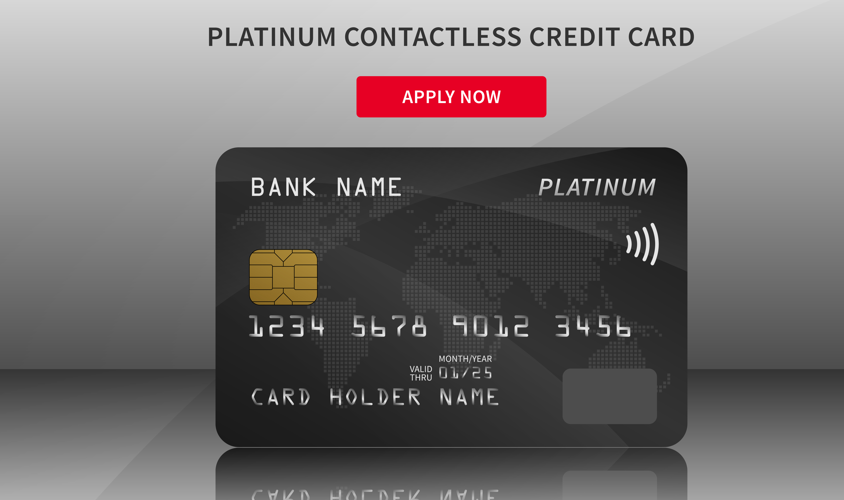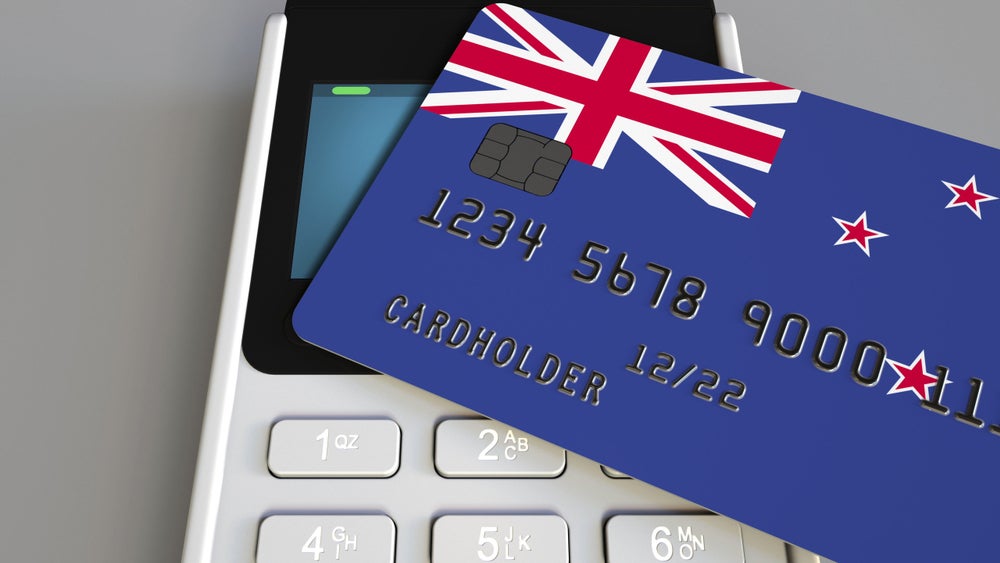Lithuania remains a cash-dominated economy, especially in rural areas where payment infrastructure is limited, however there are positive signs for card growth thanks to the country’s above-average volume of online SME traders. The market’s current position and potential could lead to a boom in e-payments
Cash accounted for 68.8% of Lithuania’s payments transaction volume in 2016.
A large proportion of the population resides in rural and remote areas, and prefer cash as a payment method due to limited access to payment infrastructure, and limited awareness of payment card benefits.
In a cash-dominated society, payment cards are primarily used for high-value ATM withdrawals. In Lithuania, the average transaction value (ATV) at ATMs increased from $138.0 in 2012 to $146.80 in 2016, and payment card transaction values at ATMs accounted for 64.6% of the total transaction value in 2016.
A lack of adequate payment infrastructure is restricting the growth of the country’s cards market. According to a survey conducted by the central bank in 2015, 41% of the country’s population with a payment card expressed that there was a shortage of POS terminals at fairs, 21% stated the same for beauty salons, 16% cited healthcare facilities, and 14% identified rural shops and post offices.
The central bank’s financial inclusion programmes and sustained efforts to reduce the use of cash are expected to increase payment card transaction volumes and values over 2017–2021.
How well do you really know your competitors?
Access the most comprehensive Company Profiles on the market, powered by GlobalData. Save hours of research. Gain competitive edge.

Thank you!
Your download email will arrive shortly
Not ready to buy yet? Download a free sample
We are confident about the unique quality of our Company Profiles. However, we want you to make the most beneficial decision for your business, so we offer a free sample that you can download by submitting the below form
By GlobalData
Central bank to encourage e-payments
The central bank of Lithuania took a number of initiatives in the form of financial literacy programmes for children during 2012–2016.
In October 2016, the central bank required banks to offer basic banking products and services at no more than $1.70 per month, while for low-income consumers monthly charges cannot exceed $0.83.
The central bank also organised a series of events, including Children’s Financial Education Week in March 2015. The event featured experts from the Association of Lithuanian Banks, Swedbank, SEB Bank and DNB Bank who helped children to become acquainted with the country’s financial system. Such initiatives are anticipated to encourage electronic payments.
Salary accounts
Banks in Lithuania are increasingly focusing on working individuals in an attempt to increase their customer base and debit card penetration. Swedbank, SEB Bank and Danske Bank offer salary account holders a number of benefits.
Swedbank provides a contactless debit MasterCard free of charge, and offers housing and consumer loans at preferential rates for salaried customers. Similarly, SEB Bank also offers a range of benefits to individuals who receive their salaries into their bank accounts.
Aside from the working population, banks are also targeting senior citizens and students. Senior citizens who open accounts with SEB Bank are offered a choice of five debit cards, SMS services, a cash pick-up facility, and internet banking.
Students receive a SEB Mylimiausia MasterCard debit card and a choice of MasterCard Standard credit card or Visa Classic credit cards. Other benefits include discounts on purchases, internet banking facilities, and SMS alerts.

Credit card payments yet to gain ground
Credit card penetration in Lithuania stood at 15.1 cards per 100 individuals in 2016, low in comparison to regional peers Sweden (135.3), Norway (126.7), Finland (94.6), Latvia (40.0), Denmark (34.4) and Estonia (26.7).
The growth of Lithuania’s credit cards market is restricted as a result of a general inclination towards debit cards. Credit card use is still less popular in smaller cities, and acceptance is limited by traditional merchants such as beauty parlours and healthcare facilities.
The central bank of Lithuania amended the responsible lending regulations (RLR) in November 2015. According to new guidelines, the maximum monthly credit repayment amount cannot exceed 40% of the borrower’s monthly income, and the maximum maturity of credit cannot exceed 30 years.
The regulation was introduced following a survey in January 2016 by the central bank of Lithuania, according to which 75% of families with an income below $388.8 were indebted to credit issuers, and 71.8% of indebted families were unable to save in the last half-quarter of 2015.
The RLR regulation mandates card issuers to assess borrowers’ credit repayment capabilities before issuing credit cards.

E-commerce
The Lithuanian e-commerce market grew from $368.8m in 2012 to $553.5m in 2016, at a compound annual growth rate (CAGR) of 10.69%. It is anticipated to reach $955.2m by 2021.
By capitalising on the available high-speed internet, online retailers are using social media campaigns to gradually attract more customers.
E-commerce growth can be attributed to a rise in internet penetration, a growing consumer confidence in online transactions, and the presence of online gateways. Growth has also been driven by the rising percentage of SMEs selling online.
According to the Digital Economy and Society Index 2015, the percentage of SMEs selling products online in Lithuania measured 18% in 2015, which is above the EU average of 15%. The percentage of SMEs involved in cross-border e-commerce was 11% in 2015, the sixth-highest in the EU.
To make online transactions more secure, the central bank set out 14 new requirements in 2014.
Resolution No. 03-172 requires banks in Lithuania to offer more security measures including one-time passwords, SMS alerts, better identification tools, the blocking of suspicious transactions, and better consumer-education platforms.







